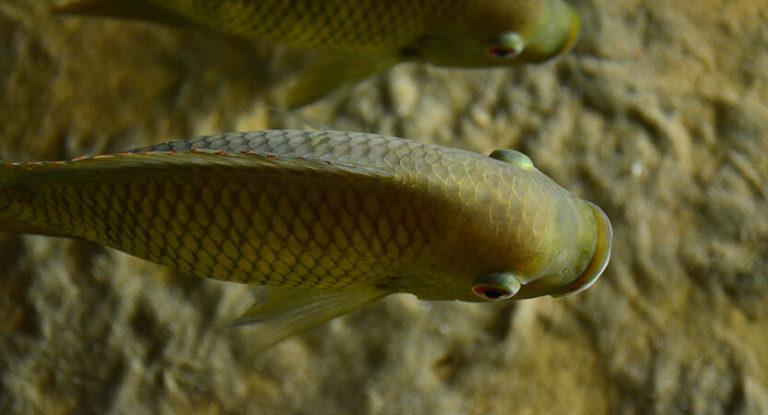Two fishermen are sitting on the shore. And their gear, at first glance, is similar, and these people behave almost identically. However, one proudly calls himself a feeder, the other does not claim such a high rank, calling himself simply a “fisherman”. In fact, the difference between them really exists, albeit not obvious at first glance. Let’s figure out how the feeder differs from the carp rod, and understand which tackle is more suitable for a particular angler.
Upon closer examination, you will understand that each of these gears has its inherent features, advantages and disadvantages. However, you should not take this as a dogma: every experienced angler modifies the tackle for himself, bringing its characteristics to the optimum. Therefore, most of the rod tackle used for amateur bottom fishing has the features of both a carp rod and a feeder.
Here is an overview of the content of this tutorial, feel free to jump to any section you care about:
For more fishing instructions, take a look at these popular Trizily links: Best Baitcasting Reels, Best Bass Fishing Lures.
Carp rod evolution
The most primitive carp rod is a direct descendant of an even simpler tackle, a girder-post, which was used for fishing by our ancestors. The design is based on the main fishing line with a load, on which several leashes are fixed with various attachments, from live bait to corn. The tackle is attached to a reel, which, after casting, is firmly mounted on the shore. Casting is carried out by the method of a pendulum or a sling.
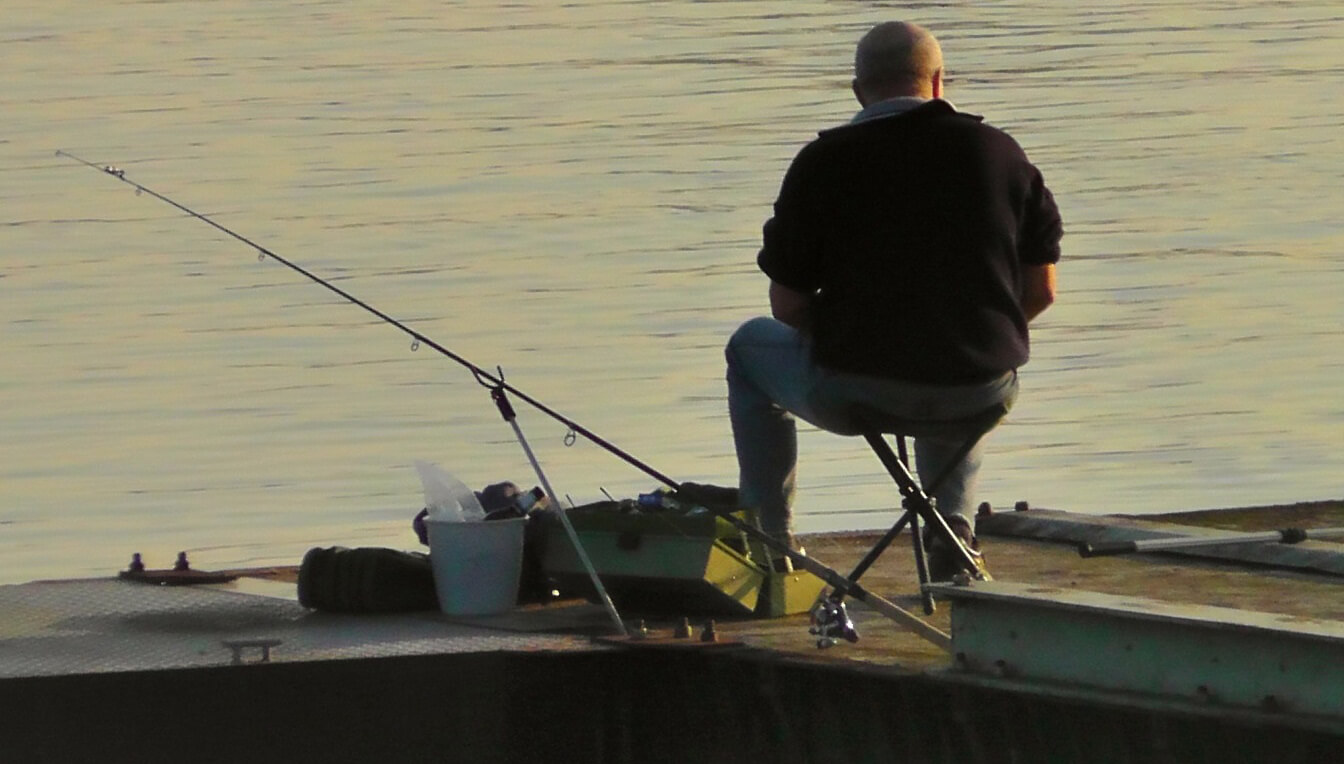
The evolution of the bottom rod is the “rubber band”. In this case, the tackle is supplemented with a thin single-strand shock-absorbing rubber band, as a result of which its maintenance is facilitated. Leashes are located along the main line, and the weight of the load can be a kilogram or more: it serves as an anchor. It is enough to pull the line towards you – and the leashes with hooks will be within the reach of the shore, release – the rig will return to the water. In this case, when fishing in a strong current, you will need a boat: you need a load of a very significant mass, but you cannot throw it from the shore.
The most perfect and comfortable option for use is a bottom rod: it allows you to cast the rig over long distances directly from the shore. The maintenance of the tackle and the fishing of fish is simplified.
Regardless of the design, all carp rods (by default, without modification of the rig) are self-contained tackles, that is, designed for self-chopping. The fish on the hook can “wait” for the angler’s reaction, which often lags behind when serving several tackles.
Feeder as a type of bottom tackle
Feeder , in contrast to a truly carp rod, is a true foreigner (moreover, an English aristocrat). It was invented in the middle of the last century in Great Britain, since then it has gone through a lot of improvements and came to a modern high-tech form.
The feeder represents the evolution of the float rod: its inventor, Richard Walker, was deeply interested in increasing the fishing distance. Interestingly, the two-piece glued bamboo blank he invented became the prototype of not only a modern feeder rod, but also a match stick.
The modern feeder is a high-tech product designed for sports high-speed fishing. However, fans of this tackle adapt it for prey and trophy specimens, making fishing not so dynamic, but more comfortable. Sports single-lead installations, standard feeds and signaling devices are not always used, which further brings a sports feeder closer to an openly amateur carp rod.
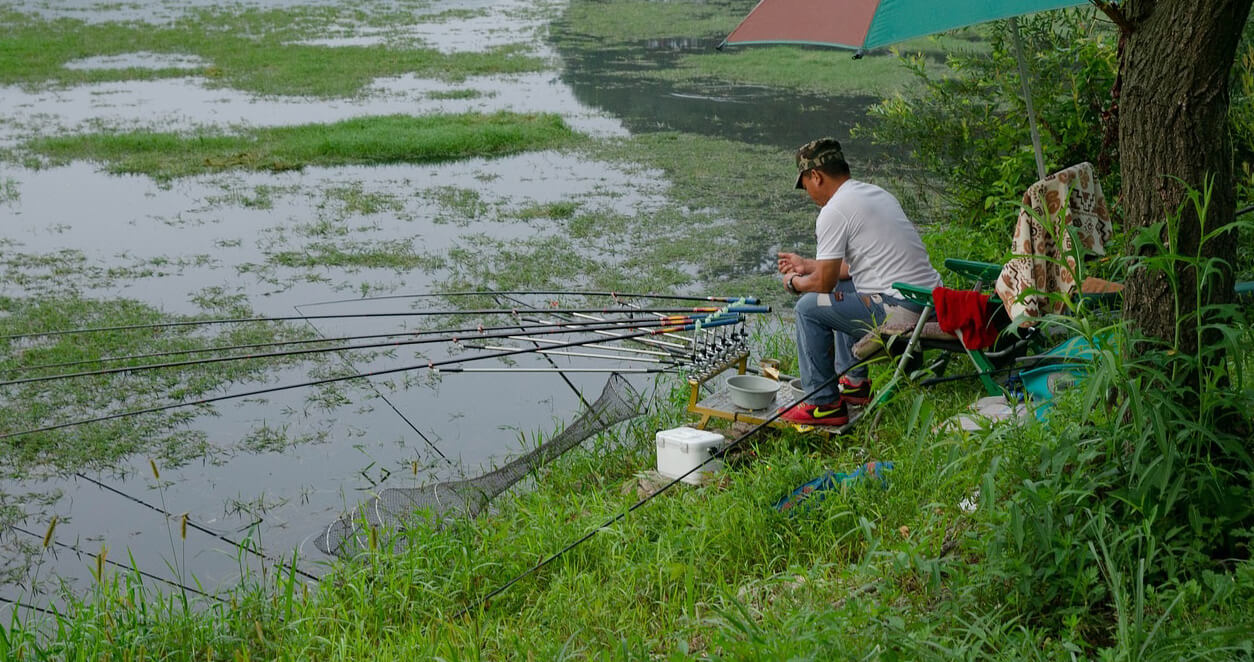
The main differences between the feeder and the carp rod
Consider the classic versions of the feeder and rod bottom, focusing on the most striking characteristics. The main differences lie in the area:
- Rods . The main visual and material (in terms of money spent) difference lies in the choice of letterhead: a simple “telescope” or a high-tech plug.
- Rigging . On the bottoms, mostly deaf assemblies are used, several leashes are allowed (sometimes 5 or more!), The feeder is not required. Feeder classic – compulsory feeder, sliding mount and only one leash.
- Places of use . Both tackles can be used both downstream and stream, but the feeder tends to be more inclined towards river fishing.
- Selflessness . The possibility of self-hooking depends directly on the type of mounting: the most common feeder inlines are very sensitive, which provides an accelerated response of the angler to the bite. Usually deaf or partially sliding assemblies are placed on the bottoms. Self-hooking occurs in most cases, but sometimes it is necessary to “refine” the spotting by the angler, especially in the presence of very short leads or not too sharp hooks. And the fish can be super careful!
- Fishing activity . Feeder fishing is dynamics and excitement, bottom fishing is calmness, thoroughness and enjoyment of unity with nature. In the classic version, the feeder tackle requires frequent re-throws and even provides for some semblance of wiring (pulling the installation along the bottom). This means that the feeder can handle fewer gear than a carp rod.
Now let’s look at some of the nuances in more detail.
Rod
For bottom fishing, any more or less high-quality rod will do, you can use an inexpensive “telescope”. Some “craftsmen” successfully take scourges and roaches from the bottom with the help of spinning “ultralights”. Specimens weighing more than 3-5 kilos are nowadays in natural conditions a rarity, therefore there is no special need for a heavy-duty blank. The main requirement is sufficient strength to play the corresponding fish.
The tuning and test of the blank are not important, a small weight is desirable, but not necessary: casts are not made very often. When fishing in calm water and using, for example, the top of the head , recharging is done once every one and a half to two hours, when using a feed spring or cork – once every 20-30 minutes.
For sports feeder fishing, very light pole sticks made of high modulus carbon fiber are used. They cost as expected: very, very expensive. However, there are also special “telescopes”, not so light and fast, but classified as feeder blanks. Considering that constant high-speed casts in amateur and trophy fishing are not necessary, you can find quite a decent and inexpensive option among the “telescopes”. Amateur telescopic feeder rods usually have a slower action and a higher test, that is, they are able to carry heavy rigs such as a multi-spring mount or a massive head.
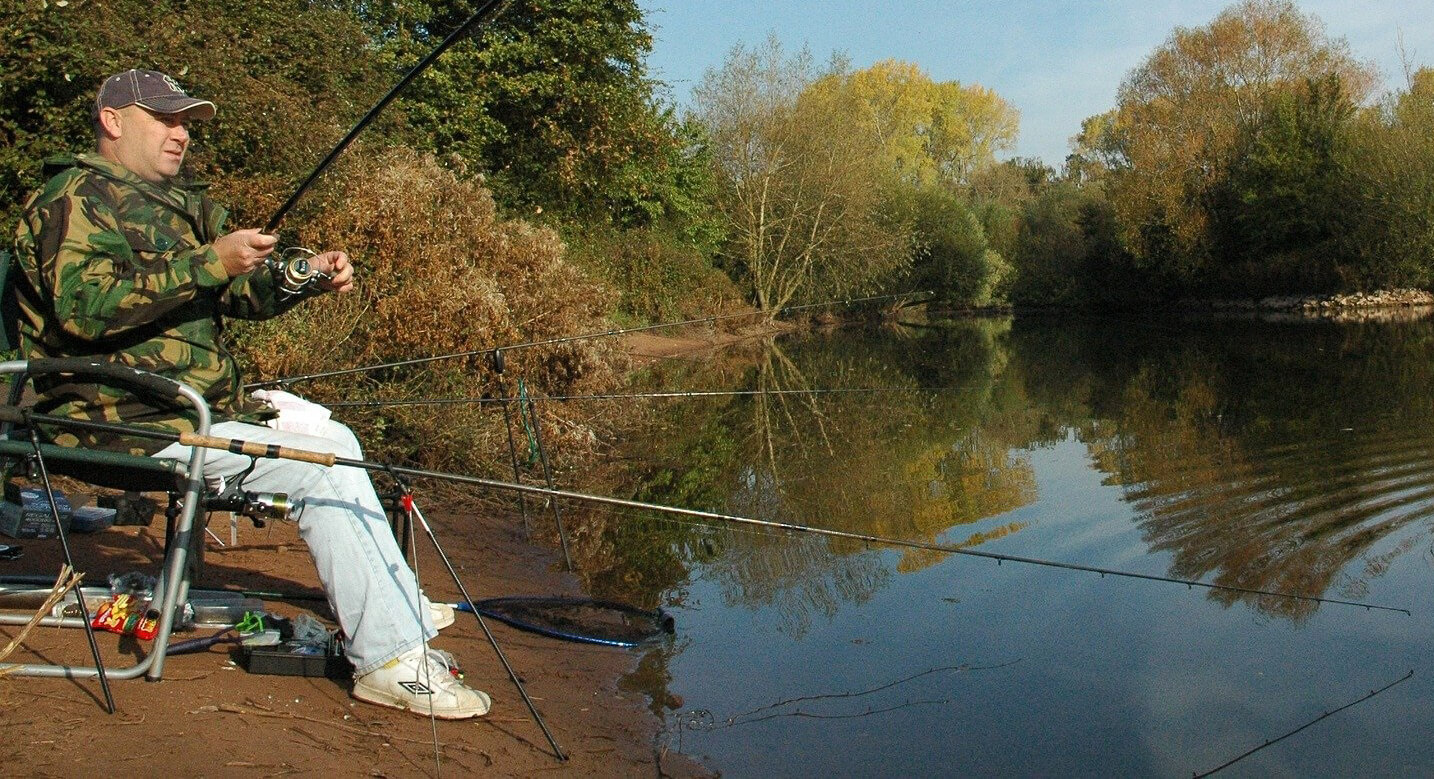
Reel
Some anglers still install inexpensive inertia reels on bottom fishing rods to this day. If frequent reloads over long distances are not required, then this is a perfectly acceptable option: mechanics without any special bells and whistles are always more reliable and, in most cases, cheaper. When installing several gear, the cost of the elements is of no small importance. Another advantage of the “inertia” is the minimum weight – it is not for nothing that they are preferred by fly fishermen.
Feeder for sport fishing can also be equipped with a classic “inertia”: remember about frequent recharges. Athletes use professional models made of durable and light alloys, and sometimes titanium. They are even more expensive than quite worthy “inertia”.
However, in recreational fishing, fans of both styles usually prefer spinning reels , choosing them in accordance with the characteristics of the rods. The spool capacity ranges from 1000 (for ultralights and light) to 4500 (for medium and heavy blanks). A gear ratio of 4-5 is sufficient. The main requirement is high-quality performance, reliability of elements, even winding.
Fishing line
Adherents of bottom fishing mainly use classic monofilament of various diameters . The main requirement is sufficient tensile strength (a benchmark for non-specialized fishing is a trophy up to 5 kg). With this method of fishing, even at long distances, the main disadvantage of monofilament, the extensibility, is leveled: there is no need to immediately respond to a bite. Moreover, when playing, it even becomes a certain plus: the thread springs, removing part of the load from the blank. When using an inertial reel without a friction clutch (and they usually are), the plasticity of the thread turns into a tremendous plus.
A feeder, unlike a bottom rod, is not a self-fishing tackle, therefore, the speed of response to a bite is fundamental. If at short distances the error can be neglected, then with long casts it seriously complicates fishing, so most feeders prefer to use braided cords . In addition, the braid has twice the strength than monofilament of the same diameter, which means that you can put a thinner line, which will “sail” less and be carried away by the current.
Braid is more expensive and wears out faster, but its undeniable advantages prevail over its disadvantages. And one more nuance: if you plan to use a cord, when choosing a blank, you need to pay special attention to the quality of the through-rings: the braid frays them intensively, therefore there can be no compromises.
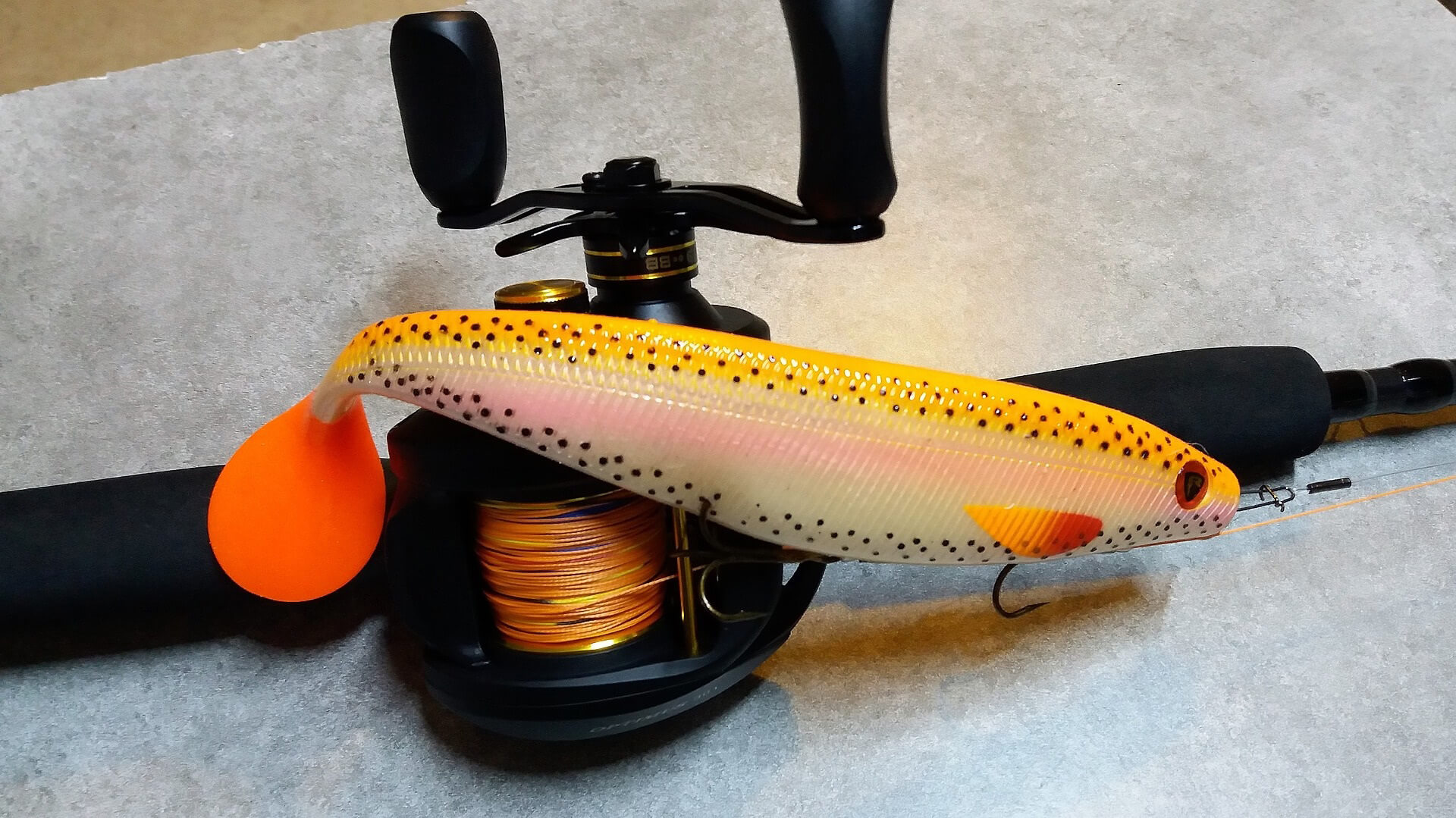
Trough
Primitive bottom gear does not require a stern: the rig consists of a sinker and a hook with a bait, that is, in general, that’s all. Yes, with a large number of hungry fish, such a rig may work, but in modern realities this rarely happens. This means that the question of attracting fish to the fishing point remains open. At long distances, the delivery of the bait mixture is difficult, therefore, feeders or some of their similarities are included in most bottom rigs, which brings them closer to feeders. The most popular options for feeds are springs, corks (nipples) , cushions and their various modifications.
The classic equipment of the feeder provides for one feeder in the form of a rectangular “cage” or, at worst, a plastic “method”. These feeders can be called sporty and as humane as possible, but in terms of the retention quality of the feed mixture, they clearly lag behind the same “springs”. In this regard, amateur feeders rarely use the classic options, preferring specific bottom feeders, sometimes homemade or modified by their own hands.
Installation
As mentioned above, the carp rod is designed for self-cutting, which is facilitated by a deaf installation. Installations with one leash are extremely rarely used: more often with two or three. Some tackles of the “combine” spring type even provide for the use of 4-6 leashes, and the “crucian carp” – installation of two or three springs interspersed with leashes. Since the feeder is firmly fixed on the fishing line, it is possible to “drown” hooks with attachments in the feed mixture, which will not allow them to get confused when casting. In some cases (for example, with a top), the nozzle is not used at all, and the hooks are given negative buoyancy using foam balls.
Feederists operate mainly with sliding assemblies, which are more sensitive and require a quick response to a bite – in the overwhelming majority of cases, self-hooking does not occur. In this case, the cage feeder slides along the fishing line on the ring, the “method” or not too sporty spring moves due to the presence of an inner tube where the cord is threaded. The mobility of feeders is usually limited by stoppers, which, when tightly attached to the feeders, can turn a sliding rig into a dead one.

In sport fishing, only one leash with a hook is used, but amateurs sometimes mount a special rocker arm under two leashes. In practice, it has been proven that an increase in the number of leads has practically no effect on the bite intensity, but it makes the rig more complex, rough and prone to entanglement. The only plus in this case is the ability to use different attachments. One or two leashes and a well-equipped feeder (meaning the taste and consistency of the bait) is quite enough for fishing.
Signaling device
Bells have long been used as a signaling device for bottom fishing, which triggered when the line was pulled, that is, when biting. Bells were sometimes used. These primitive but effective options are alive and well and are being successfully used to this day. However, many anglers have begun to use modern electronic alarms. Many models are customizable (you can set the desired sensitivity), they can provide not only sound, but also light signals, which is important when fishing at night.
Sports fishing does not accept such compromises and modern solutions. The classic feeder differs from the carp rod in that the flexible top of the blank (quivertip) acts as a signaling device. Good feeder rods are sold with quiver kits of varying stiffness. Due to their delicacy, they are stored in a special tube and removed from there directly while fishing. However, when trophy fishing and using the feeder as an amateur bottom tackle, anglers equip feeder rods with all sorts of alternative signaling devices (the same bells, for example).
What tackle should a beginner choose?

As we can see, the feeder and the carp rod are similar in most of the parameters – the difference is only in the nuances. By the way, we have got accustomed to the alternative name of the feeder-, which is very eloquent evidence of the similarity of these gears. Differentiation is further complicated by the fact that our practicing anglers, in pursuit of a good catch, tried to bring these tackles as close as possible, using typical bottom feeders on feeder rods, blind mounts with several leads and alternative signaling devices.
What should a beginner angler choose? To begin with, you should buy an inexpensive, but high-quality feeder form, you can telescopic. It can be used as a rod for both the domestic carp rod and its British relative. And then we try to fish either with sliding rigs and feeder feeders, dynamically and actively, or we mount a non-slip bottom rig with a spring or plug and patiently wait for a bite.
It is better to try both options in order to choose the most interesting for yourself. Start with a donkey: it’s easier to deal with it objectively. By the way, many eminent athletes, specializing in feeder fishing, “grew” from donors!

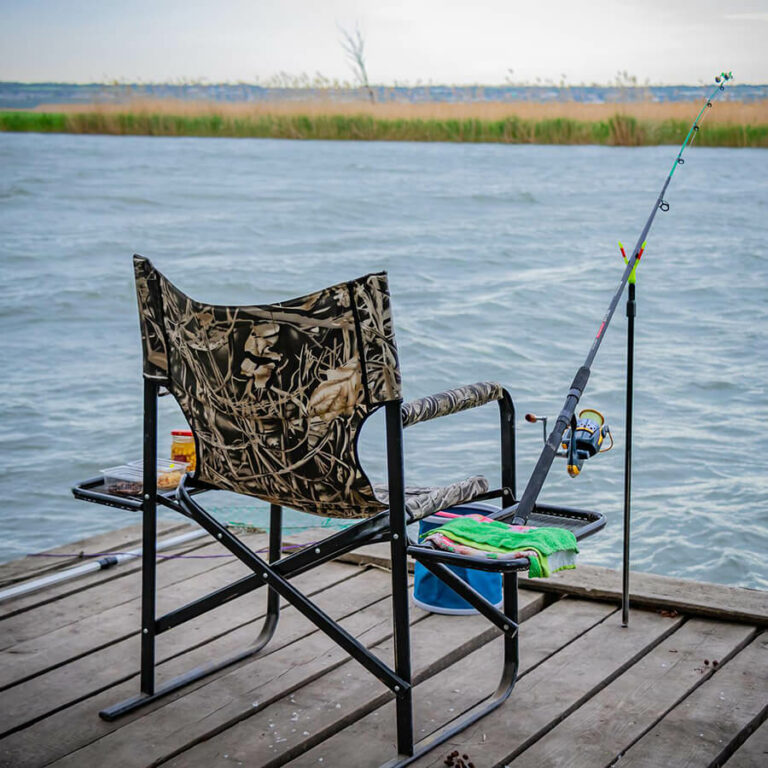
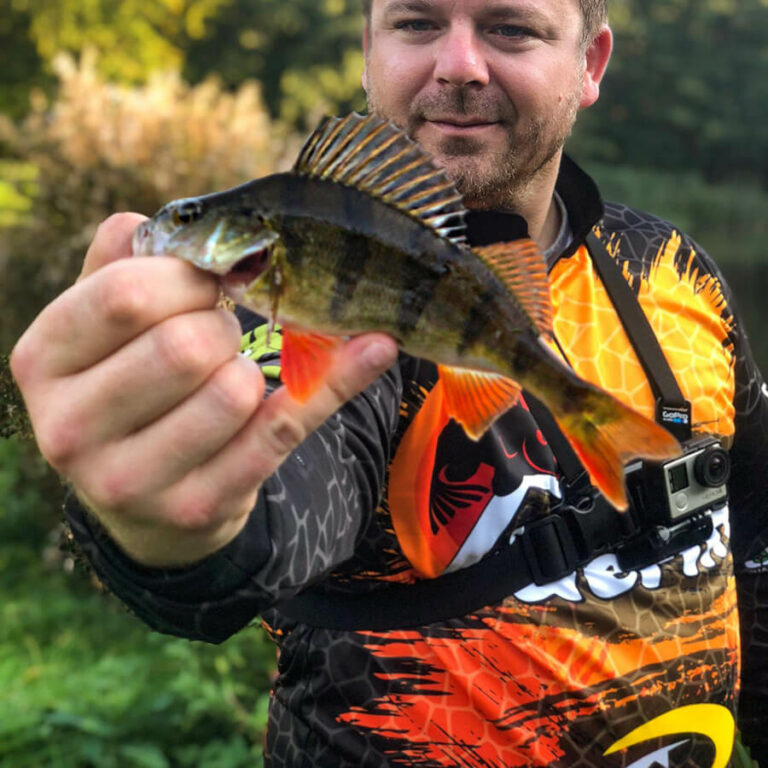
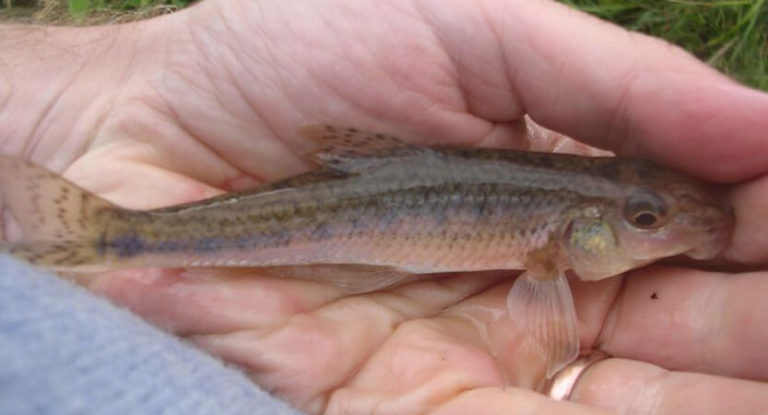
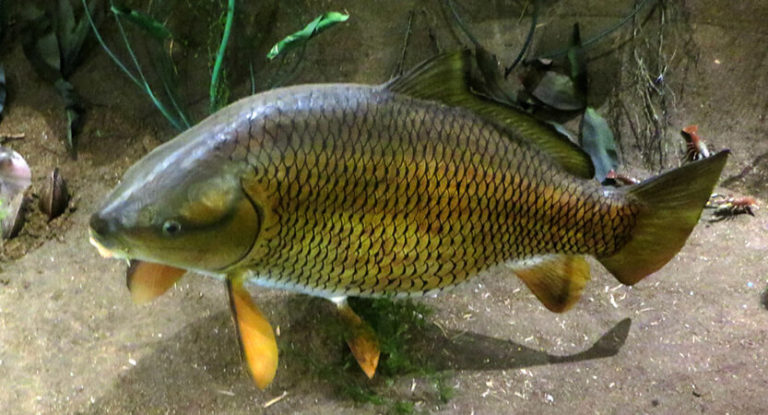
![Top 10 Best Fishing Watches Reviewed [Buyers Guide] 29 Top 10 Best Fishing Watches Reviewed [Buyers Guide]](https://trizily.com/wp-content/uploads/2022/03/best-fishing-watches-768x768.jpg)
